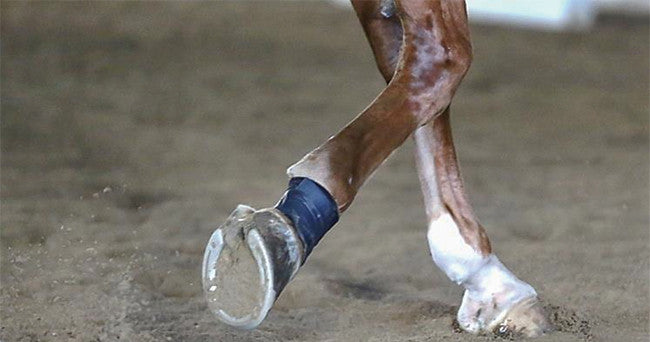-
July 07 2016 – Greg Wood
Feeding Racehorses and Endurance Horses
Racehorses, polo ponies, eventers, jumpers, endurance horses and upper level dressage horses in daily training are considered to be in heavy work. Their total weekly work time may not be any greater than a horse in moderate work, but these disciplines require athletic performance at the highest level and therefore have the highest energy demands. For instance, 90 minutes of...
Keep reading -
May 08 2016 – Greg Wood
What are Splints and how to treat them?
A splint is a strain or tear of the ligaments that bind the splint bone to the cannon bone and usually leads to swelling, inflammation and lameness to the affected leg. Splints are usually caused by direct trauma to the cannon bone area, with the concussive force from working on hard ground, orthopedic developmental disease, or poor shoeing. Overworking young...
Keep reading -
March 20 2016 – Greg Wood
Bowed Tendons
What it is and How to Heal Them A bowed tendon is the horsemen’s term for tendinitis; meaning strained, inflamed or torn tendon. The injury can be severe and chronic. A damaged tendon that is not properly treated and allowed the necessary time to heal can leave a horse unsound for life. Tendon injuries can occur in any leg,...
Keep reading -
March 16 2016 – Greg Wood
Energy for Equine Performance: ATP in Hemo Charge™
A horse’s performance is dependent on a number of factors, including health, nutrition, and environmental temperature. Energy is defined as the capacity to do work. The amount of energy available for muscular work is the most important factor in a horse’s performance. Athletic performance requires the efficient utilization of large amounts of energy transformed by metabolic pathways from chemical to...
Keep reading



